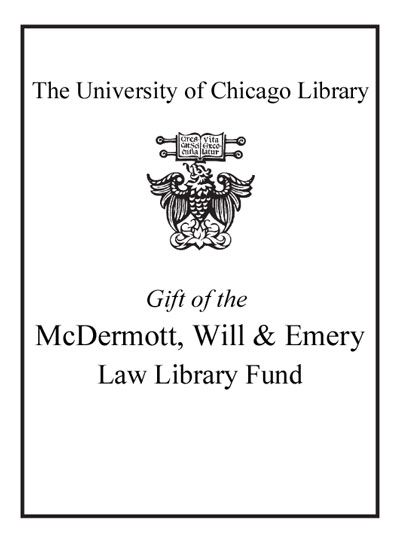| Summary: | In this study, the current effort at The Hague to create a world-wide convention on jurisdiction and judgments is taken as a starting point to inquire into the process of making law for transnational litigation across the Atlantic Ocean. Samuel Baumgartner seeks to demonstrate that the difficulties that have plagued the negotiations at The Hague are largely the result of very different views on the appropriate approaches to transnational cases in the United States on the one hand and in continental Europe on the other. He traces the historical development of those approaches and utilizes a case study to more clearly identify the factors affecting lawmaking for transnational litigation. He concludes that treaties such as the one currently negotiated at The Hague have great promise as tools for lawmaking in this area, but only if the negotiators engage in mutual education about the assumptions and ideas underlying their policy preferences. A discussion of the implications of these findings for the remaining discussions at The Hague concludes the book.
|
|---|

